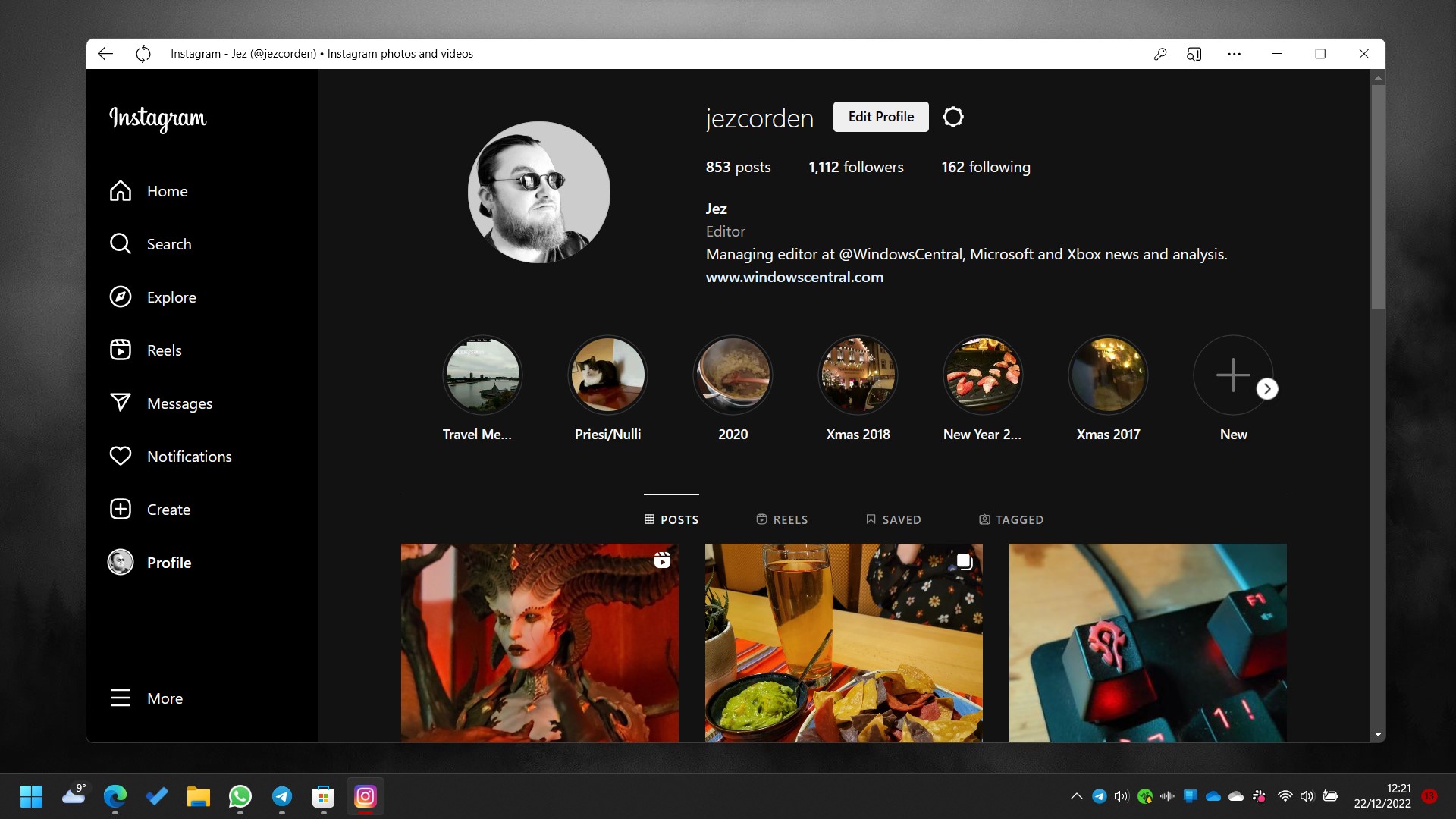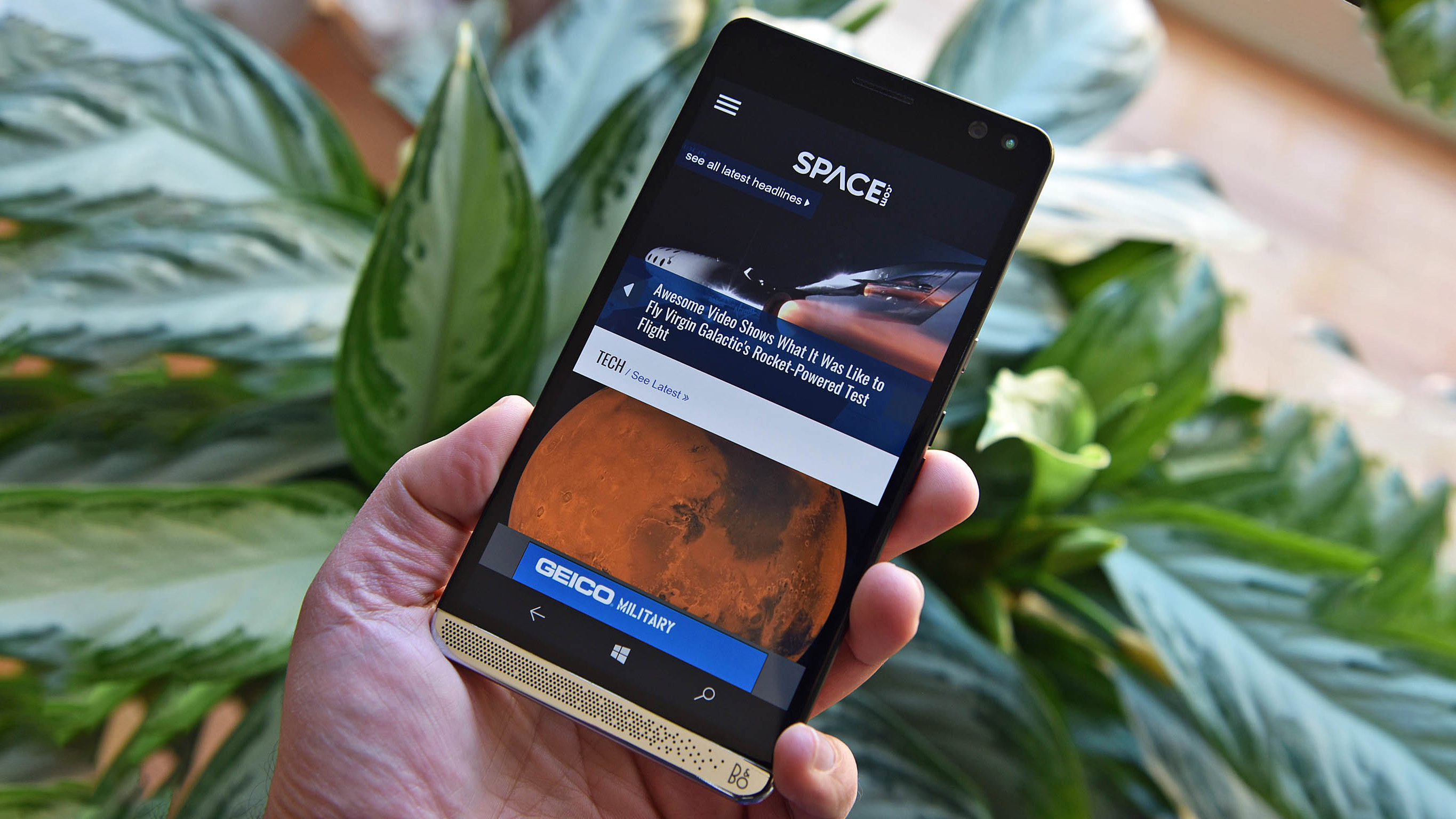Thanks to Google and Apple's taxes, web apps on Windows PC are suddenly getting good
The web app revolution is coming to a desktop PC near you.
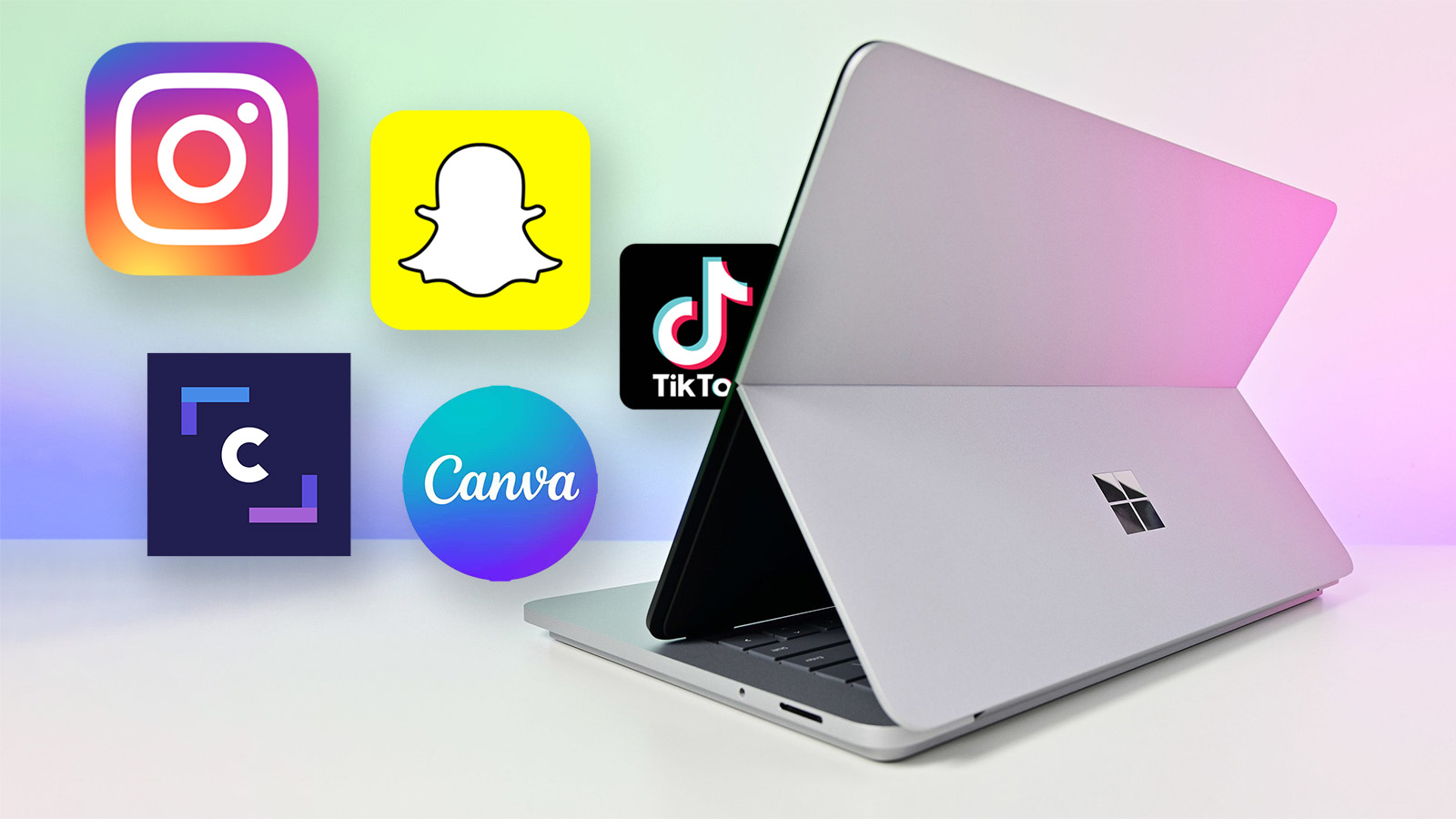
Oh, how the turn tables, or something.
Remember web apps? We started writing about progressive web apps (PWAs) back in 2018 or even earlier, describing how the web-based app alternatives could be an important tool for Microsoft to compete with Apple and Google in the mobile space.
Sadly, the proliferation of PWAs came too late to save Windows Phone, but given the hostile environment towards Apple and Google's platforms, suddenly, major platforms are starting to take the technology a lot more seriously. The Instagram app was practically abandonware for years, but now it suddenly allows uploads and even dark mode. Microsoft itself invested in the web-based video editing app Clipchamp. And notorious Windows-hater Snapchat itself has even snuck into the Microsoft Store recently — as yet another web app.
Here's why this is awesome for PCs, Windows laptops, and Surface tablets, and why a web-first app model may offer the slimmest of prayers for a Windows-based phone in a far-flung future.
PWAs on Windows PC are getting really good
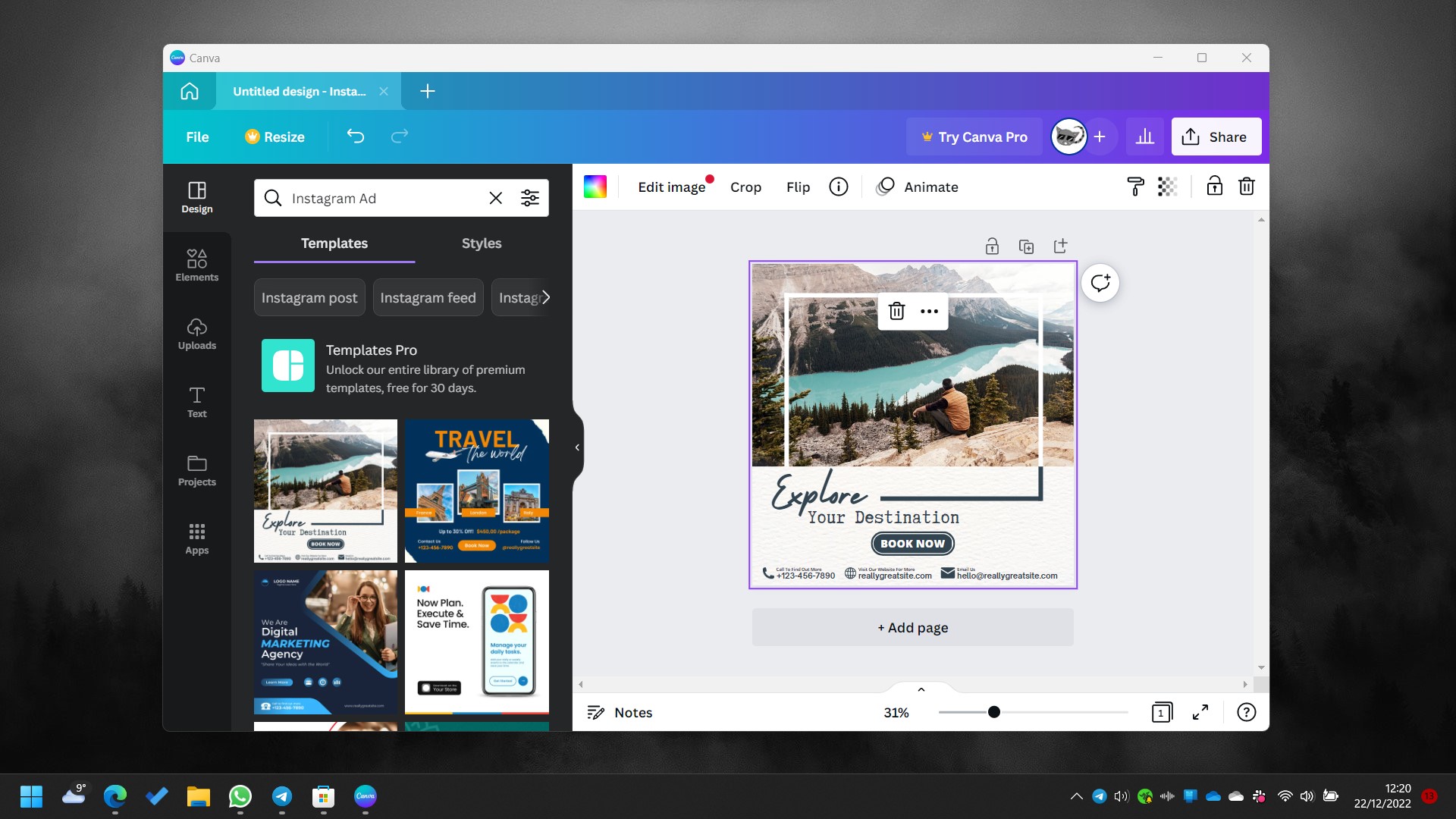
As someone who works fully remotely in media and publishing, it always bugged me having to reach for my phone to do basic social media tasks. Sure, Microsoft Phone Link exists, and Instagram has long had a PWA in the Microsoft Store, but it has been in various states of disrepair since its inclusion. Phone Link screen streaming is also monstrously irritating, requiring constant approvals to access.
Using Facebook's own codebase, the original Instagram "native" app was a translated cross-platform affair that was just truly awful, and barely compatible with UWP. The app was crashtacular, lacked basic features like content uploading, and when it eventually did get those additional features they barely worked. It's a blessing, then, that Facebook (now Meta) ditched their "native" app for a fully tooled progressive web app instead, available through the Microsoft Store or Microsoft Edge by pinning Instagram.com as an app through the browser. We have a guide on how to pin websites as apps on Windows right here.
Instagram for the Microsoft Store is by no means as fully featured as the Android or especially the iOS app. There are no in-app video editing tools, for example. You also can't see business analytics or use most of the suite's business tools in general. However, it offers the basic and most necessary features you need to use the social network — something that simply wasn't possible previously. You can upload pre-edited video clips and photos to your feed. It allows you to take advantage of more powerful Windows-based editing software packages and upload directly without having to use an intermediary service (which often costs money). I noticed yesterday that the web app also carries across my dark mode setting, which is a nice touch.
All the latest news, reviews, and guides for Windows and Xbox diehards.
Instagram isn't the only big-name app hitting the Microsoft Store. We now also have services like TikTok available, for example. The most popular social media app in the world right now, TikTok joined Twitter and Pinterest as a day-one player when it comes to web app access to its platform. TikTok has been generally ahead of the curve when it comes to access and virality, and long-time holdouts like Facebook, Snapchat, and Instagram have clearly noticed.
Speaking of Snapchat, the beleaguered social network was once fingered as causing the downfall of Windows Phone with its total ban on users accessing the platform from Lumia devices and threats to sue developers building third-party versions. But now, the tables have well and truly turned. Snapchat itself has now build a Microsoft Store web app for its chat tools, joining the likes of Facebook Messenger, Telegram, and WhatsApp with access via laptops and PCs. I doubt it will do much to move the needle on Snap's share price, but hey, schadenfreude.
There are tons of high-quality PWAs in the Microsoft Store these days. From long-time supporters like Polarr, to newcomers like Clipchamp. The tools are often limited compared to native counterparts, but it feels like the tech is improving every day, with the logical conclusion being near-parity with "native" codebases. But why is this happening now?
Why is this happening?
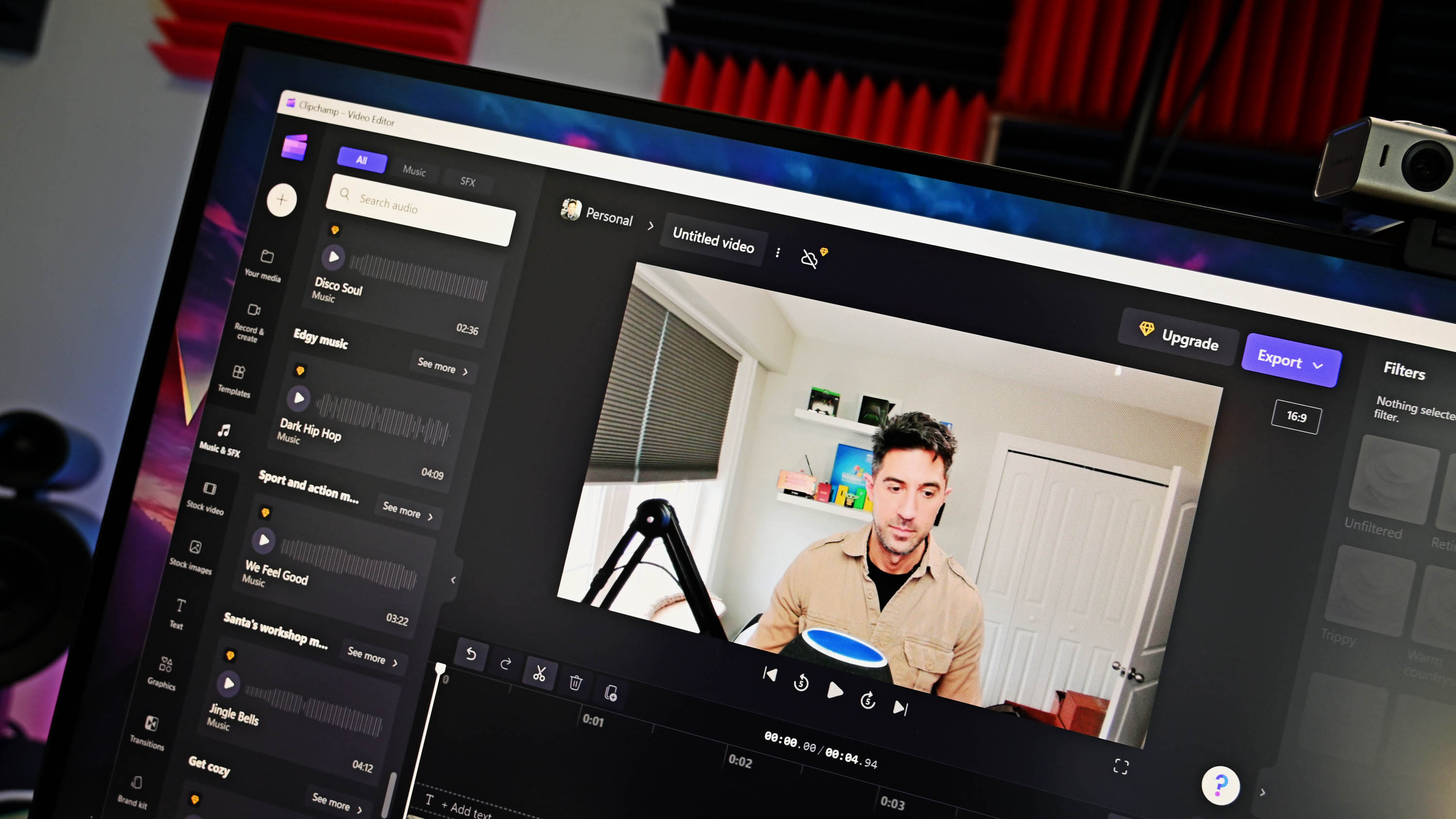
A confluence of events is most likely to blame for this renewed interest in PWAs from major companies. The proliferation of new technology and improvements to Chromium (as well as Microsoft's adoption of it) are doubtless part of the puzzle, but I reckon we're looking more at financial incentives than anything else here.
Apple has quite notoriously wiped billions off Facebook's business model in the past couple of years. Apple's sweeping (and necessary) privacy improvements offered users a very explicit choice on how companies in the Apple app store can access and leverage customer data, to the detriment of Facebook and its associated businesses. On iOS, users can very easily opt-out of Facebook and Instagram data collection — while dark patterns often obfuscate the process on other platforms. As a result, Facebook's ad business has taken a battering.
For Facebook and other ad-reliant business models, moving their operations to the web is an obvious bet. Microsoft last year announced that it would offer zero commission options for developers putting non-gaming apps into the Microsoft Store last year. Whether via the Microsoft Store or not, businesses purchasing ad boosters and other in-app purchases via the web don't have to pay that nasty 30% cut to Apple or Google Play, a tax that has become increasingly controversial.
Did you know Apple puts a secret 30% tax on everything you buy through their App Store? https://t.co/LGkPZ4EYczNovember 28, 2022
Elon Musk recently lamented the Apple "tax" when he attempted to re-launch the Twitter Blue subscription service. Consequently, Twitter Blue costs 30% extra if purchased via iOS to offset that cost. If you buy Twitter Blue via the web, it's a little cheaper. There's no overhead on the web in that context, although your potential reach on mobile devices, particularly in the U.S., may be diminished.
Spotify's CEO also renewed his attacks on Apple's app store practices last month, noting that Apple punishes competitors on its platform to the tune of 30% while also prioritizing and promoting its own competing services, such as Apple Music. It seems that regulators are starting to agree, given that Apple is about to be forced by the European Union to adopt Android-like openness with app sideloading and third-party app stores. Of course, the web, and web apps bypass all this, given that it's open direct-to-consumer medium. Netflix, Xbox Game Pass, and other subscription services generally opt for web-only subscription models, to avoid paying Apple's business-stifling tax.
Another core reason behind all of this is the state of the global economy. The general battering of tech stocks over the past year has seen companies look anywhere, everywhere for growth opportunities. In a world where Apple wants to gouge businesses for every penny, fostering communities directly on the web seems increasingly lucrative. There were assumptions that smartphones would kill PC usage dead, but those predictions simply haven't materialized in reality.
PWAs bridge the gap for Microsoft
Some of us once hoped that PWAs could be an answer to Microsoft's app-gap problem on Windows Phone, and even Surface. MacBooks and iPads are home to some truly excellent exclusive apps like Final Cut Pro, iMovie, and Procreate, many of which are cited to me as reasons people opt for iStuff instead of Surface.
While things have gotten better, PWAs are still a far cry from native options for more advanced tools. Clipchamp has become a truly great alternative to iMovie, but doesn't quite reach the usability features of native apps like Adobe Rush or even Android options like inShot. I've yet to find a web app for inking that's as powerful as apps like Adobe Fresco or AutoDesk Sketchbook.
Still, in an economy that's squeezed, the incentive for services to move towards open platforms is increasing. Many companies would be far more profitable if they didn't have to dish out 30% of their income to Apple's shareholders. The financial impetus is there, and the tech is very rapidly catching up.

Jez Corden is the Executive Editor at Windows Central, focusing primarily on all things Xbox and gaming. Jez is known for breaking exclusive news and analysis as relates to the Microsoft ecosystem while being powered by tea. Follow on Twitter (X) and tune in to the XB2 Podcast, all about, you guessed it, Xbox!
